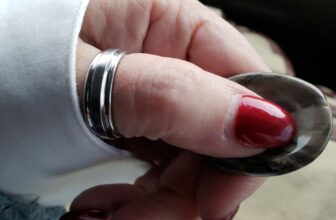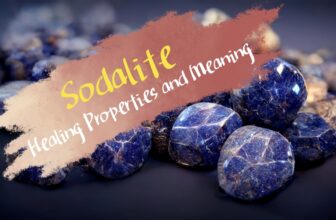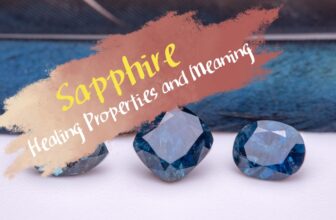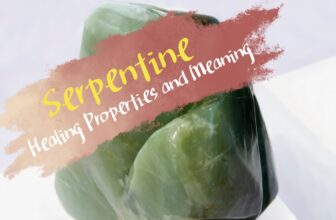
Table of Contents
Malachite is a beautiful decorative mineral with a rich, patterned green shade that’s unique among gemstones. It has a silky luster and an opaque surface that sometimes shows waves and patterns. With its relatively soft material that can easily be ground into powder, malachite is ideal for use as a pigment and coloring agent.
In this article, we’ll take a look at the history, meaning, and symbolism behind malachite. We’ll also look at its various uses and healing properties.
What is Malachite?
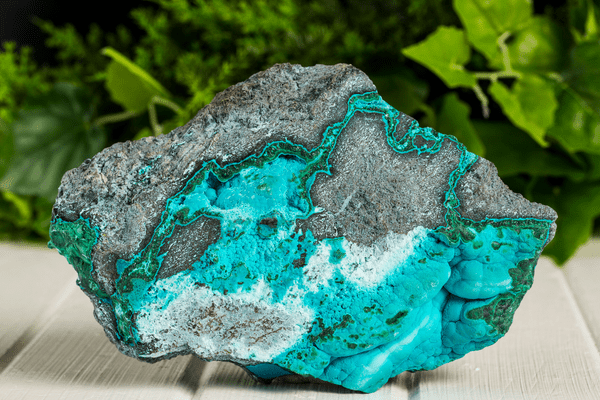
Malachite is a green mineral often used as a decorative stone. It’s a member of the malachite-azurite group of minerals and typically occurs in the form of masses and crusts. Often found in association with other copper minerals such as azurite and chrysocolla, malachite has a distinctive green color and is prized for its beauty and decorative potential.
Malachite is often used in jewelry and for decorative purposes in buildings and other structures. Its unique green color and banded appearance make it a popular choice for a variety of applications. In ancient Egypt, malachite was used to create intricate inlays and designs on the walls of temples and tombs. It was also a popular material for creating amulets and other decorative objects.
Malachite is also a source of copper and has been mined for this purpose for thousands of years. Copper has a wide range of uses, including electrical wiring, plumbing, and the production of coins and other metal objects. In ancient times, malachite was one of the first minerals to be mined and used for the production of copper.
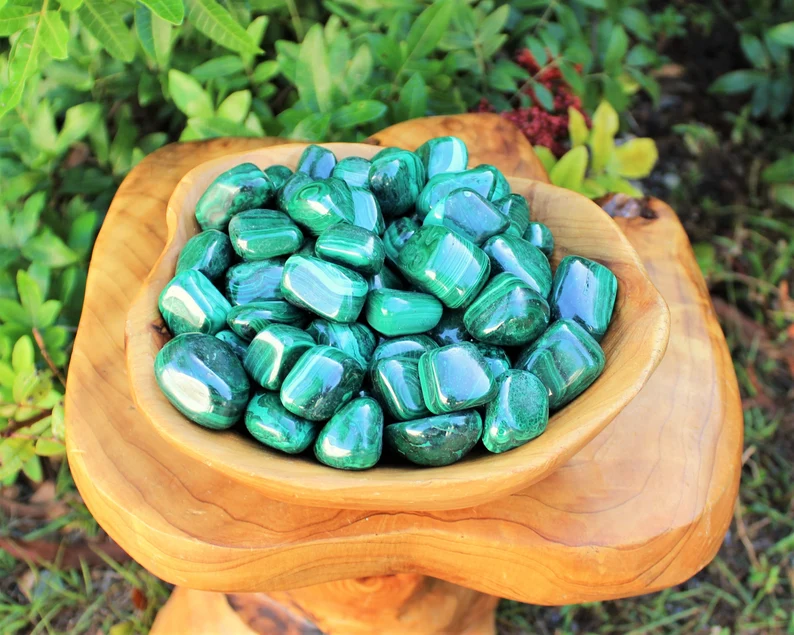
The name “malachite” comes from the Greek word “malakos,” which means “soft,” a reference to the mineral’s relative softness compared to other copper minerals. It has a Mohs hardness of 3.5 to 4, which means it can be easily scratched with a knife or other sharp object. Despite this, malachite is still a popular choice for decorative applications due to its unique color and attractive appearance.
Aside from being used as a colorant, Malachite is also a popular material for sculpting and lapidary art. Otherwise, it’s cut into cabochons or beads for jewelry use or utilized as copper ore. Though not as rare and expensive as other gemstones, some pieces of Malachite can still fetch a nice sum depending on its chatoyancy, the cat-eye effect, and the uniqueness of its pattern.
Healing Properties of Malachite
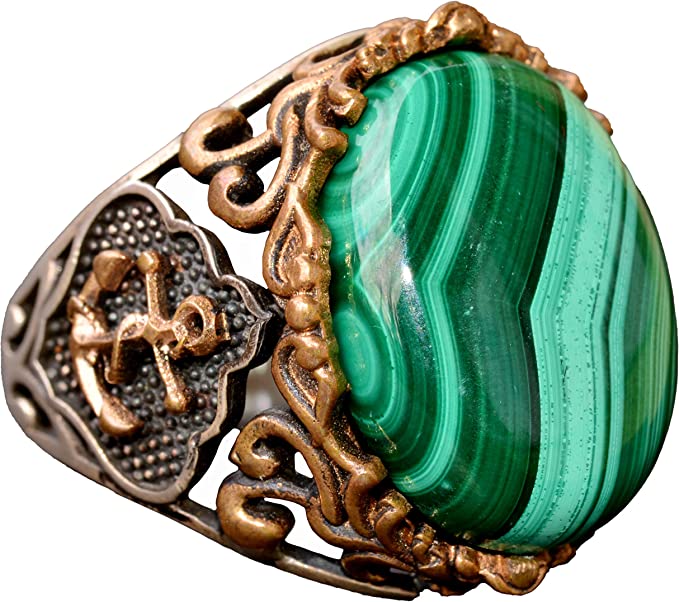
Malachite is also one of the oldest gemstones used for healing and protection and played an important role in ancient cultures and mythology. Ancient Greeks believed the stone could bring peace and safety to the wearer and prevent illnesses if worn or placed under the pillow, except during war and childbirth.
This mineral gained popularity around 300 BC when scholars in Greece began documenting its existence and describing its properties on different records. Due to this, Malachite eventually became popular in other parts of the world, particularly in Europe and China, and was used in various ways to heal physical, mental, or emotional ailments.
1. Physical Healing Properties
As one of the most popular healing stones in ancient times, malachite was a common ingredient or tool used by alchemists and healers to treat various ailments. It’s said to be effective at managing blood pressure and promoting quick healing for broken bones, joint pains, and torn muscles.
Ancient Egyptians would mix Malachite into teas and other beverages or place the stone on the body of an ailing person to help with discomforts brought about by illnesses like asthma or fever. After becoming popular in China through the efforts of Greek scholars, it was soon used in acupuncture and mixed with traditional Chinese medicine to relieve stomach aches and improve the immune system.
With its feminine energy, malachite is said to help relieve menstrual pain and in helping a woman get through the pains of childbirth, which is why it also became known as the Midwife Stone. Currently, Malachite is still used to reduce swelling of joints, detoxify the liver, improve sleep quality, and promote better blood circulation and the immune system.
2. Mental and Emotional Healing Properties
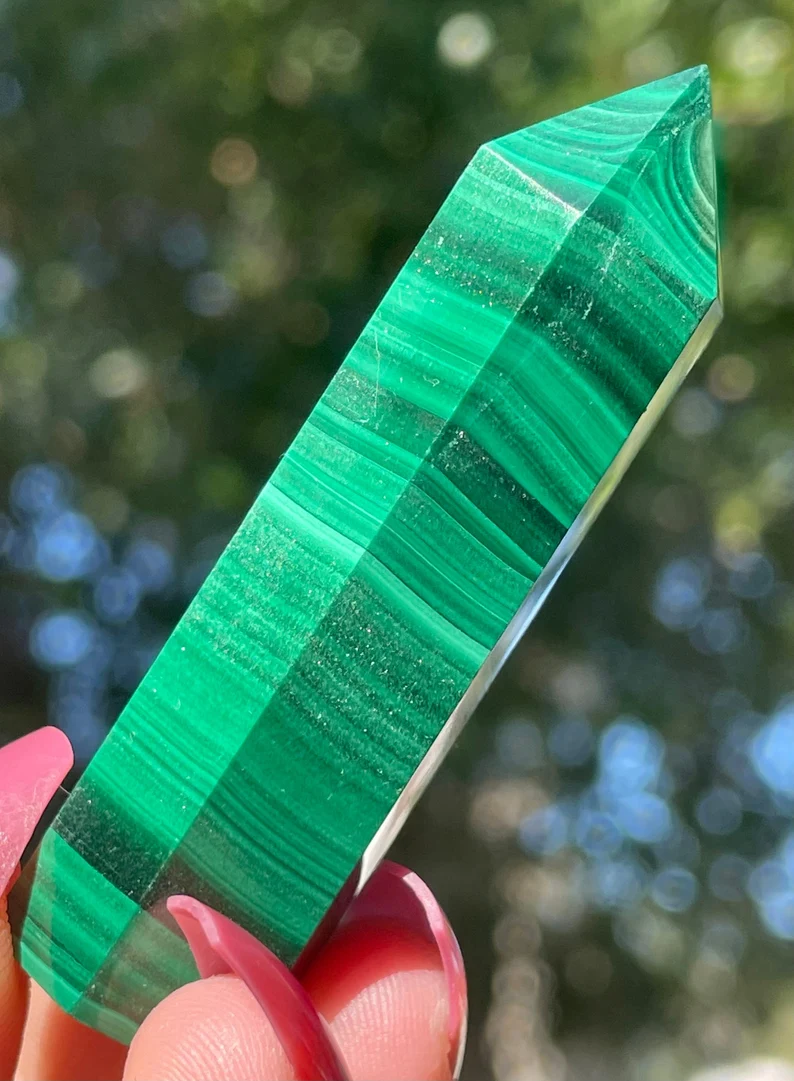
Due to its mysterious appearance, malachite was believed to contain sacred and metaphysical properties. Some of its attributes include helping people tap into their intuition and better understand their emotions, removing energy blockages, and protecting people from negative or dark energy.
Malachite has a calming effect as it’s said to cleanse the heart and mind of impure thoughts and emotions. The stone is also believed to help with emotional, physical, and spiritual detoxification. Sometimes called the gemstone of balance and connection, it can help you understand the consequences of your thoughts and behavior.
This stone can also provide confidence and clarity if you are looking for a new direction, guiding you towards a new path, which is why it is also referred to as the gemstone of transformation. When you feel stuck in a situation or your life is not moving forward as you think it should, a malachite stone may be just what you need.
Malachite as a Birthstone
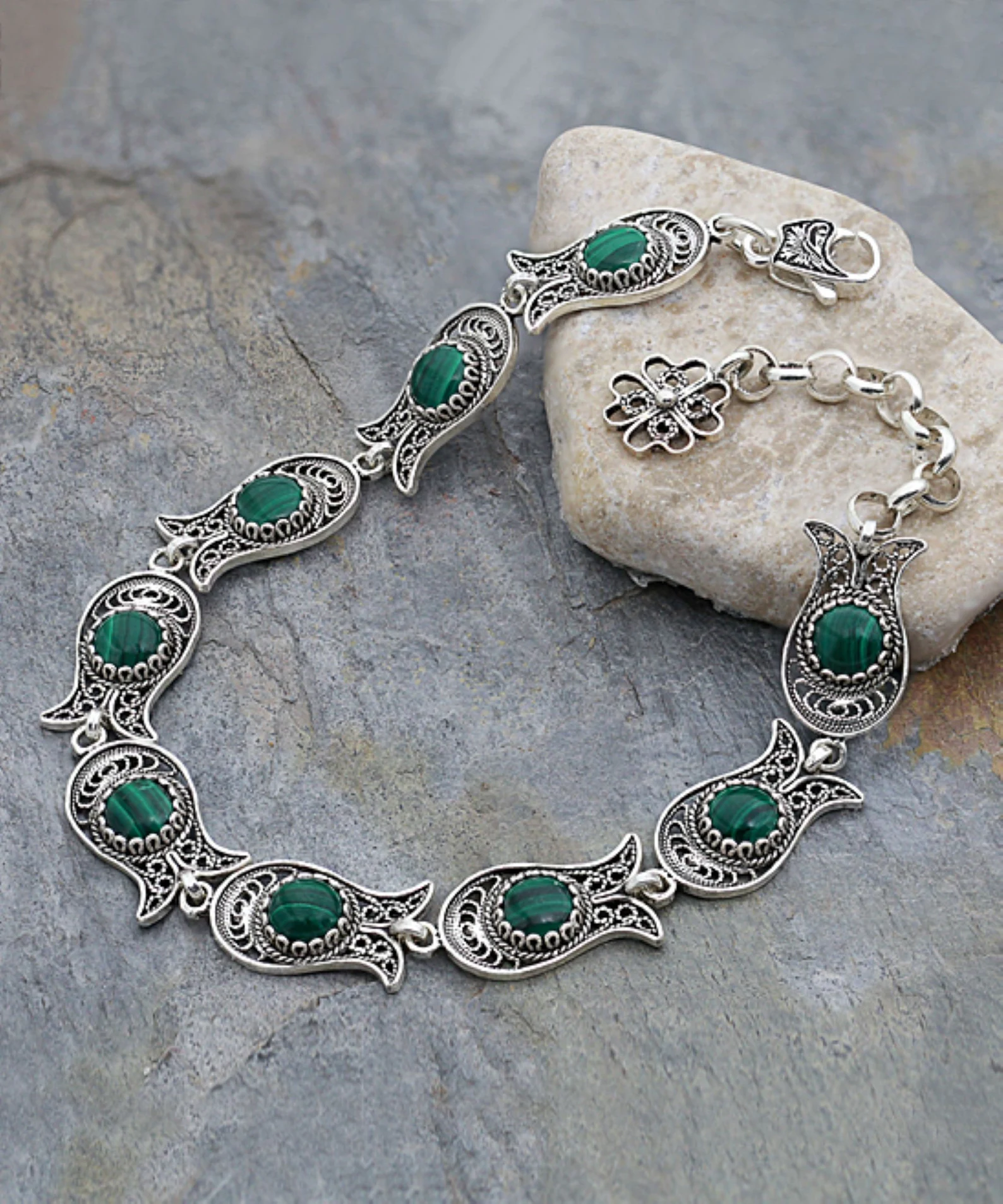
Malachite is not a birthstone, but it’s associated with particular zodiac signs. It has the strongest association with the zodiac sign Taurus because of its vivid green shade and ability to balance out the weaknesses and negative traits of people born under this sign. Malachite brings out the inner warrior in a Taurus while keeping them balanced, as it helps them to overcome their tendency to overthink.
This gemstone is also sometimes related to the signs Capricorn and Scorpio. For Capricorns, malachite can help attract abundance, luck, and prosperity through better opportunities personally and professionally.
Scorpios can use malachite to help them find their true direction. It can also help them in their journey toward personal growth and give them the power they need to achieve their goals. Malachite can help Scorpios break out from negative, self-destructive behavior and help them carve a new path forward.
How to Use Malachite
Malachite can bring many benefits to you and your family when used properly. If you’re not a fan of jewelry, you can have malachite with you in different forms or have it displayed in a key area in your home or office to attract good energy. Here are the various uses and benefits of malachite:
1. Wear Malachite as Jewelry
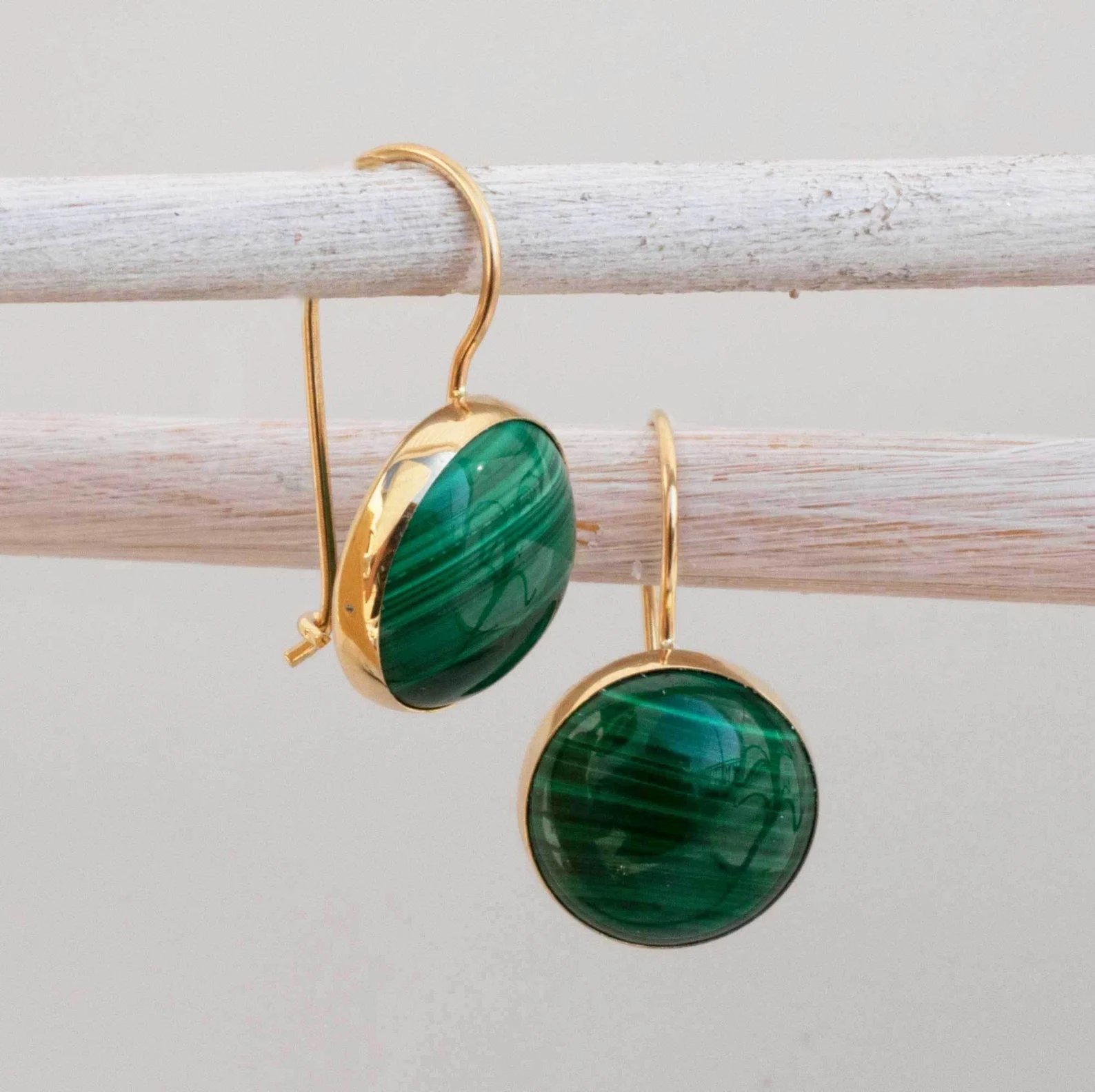
Malachite works well as a piece of jewelry because of its rich green color. Beyond its aesthetic appeal, it’s also an excellent way to place the stone close to your skin, allowing you to get the most benefit out of it. Through direct skin contact, you’ll be able to invite healing energy from the stone and absorb positive energy and protection directly into your pulse.
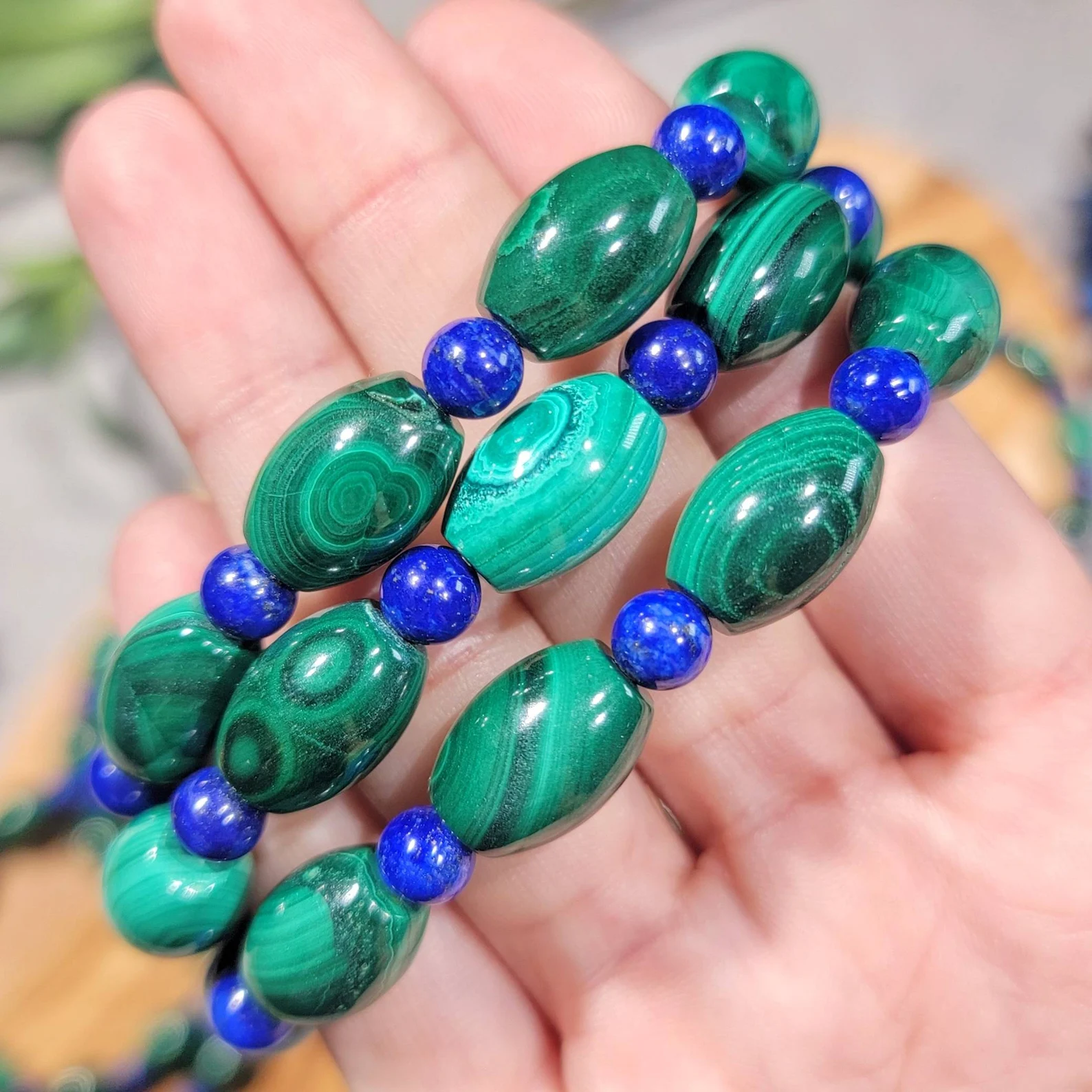
You can also pair your malachite pieces with other stones that have complementary natures, such as Lapis Lazuli and Chrysocolla. Termite and hematite, also known for their protection ability, are good matches for Malachite. Another ideal pairing would be with agate, as this combination can help support the body’s immune system.
2. Use Malachite Ornaments
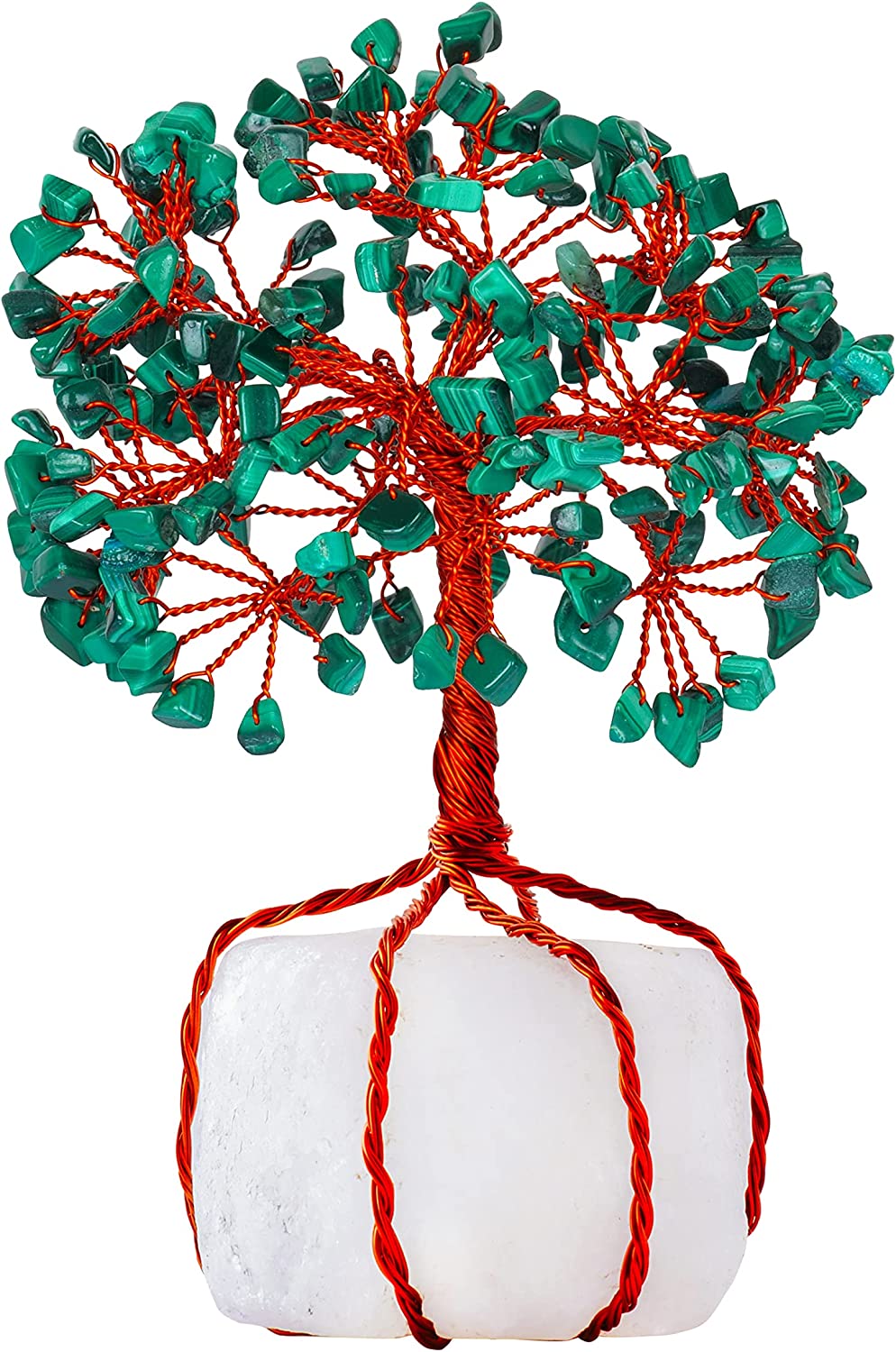
Aside from jewelry, you can place malachite ornaments in your home or office. The stone’s vivid green shade can attract positive energy to your space while protecting it from evil spirits.
You can place your malachite decor by the front door or near any entryway to block negative energy from entering the room. Place a malachite desktop ornament on your worktable to boost creativity. The power from the stone will soon bring you inspiration and trigger your imagination.
3. Use Malachite in Divination
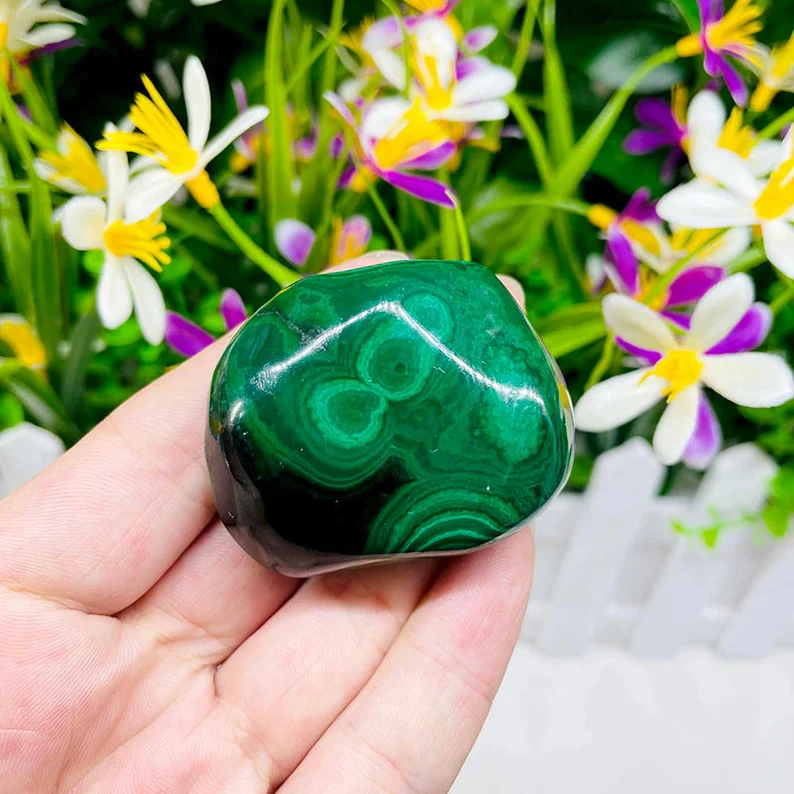
As malachite has the ability to clear the mind and help you tap into your intuition, you can use it for divination.
Simply gaze at the patterns on the stone while letting your subconscious take over and absorb the pictures, symbols, or messages on it. It’s believed that malachite can also show you what is blocking your spiritual growth while allowing you to break unwanted ties that prevent you from uncovering your true potential.
4. Use Malachite to Seek for Guidance
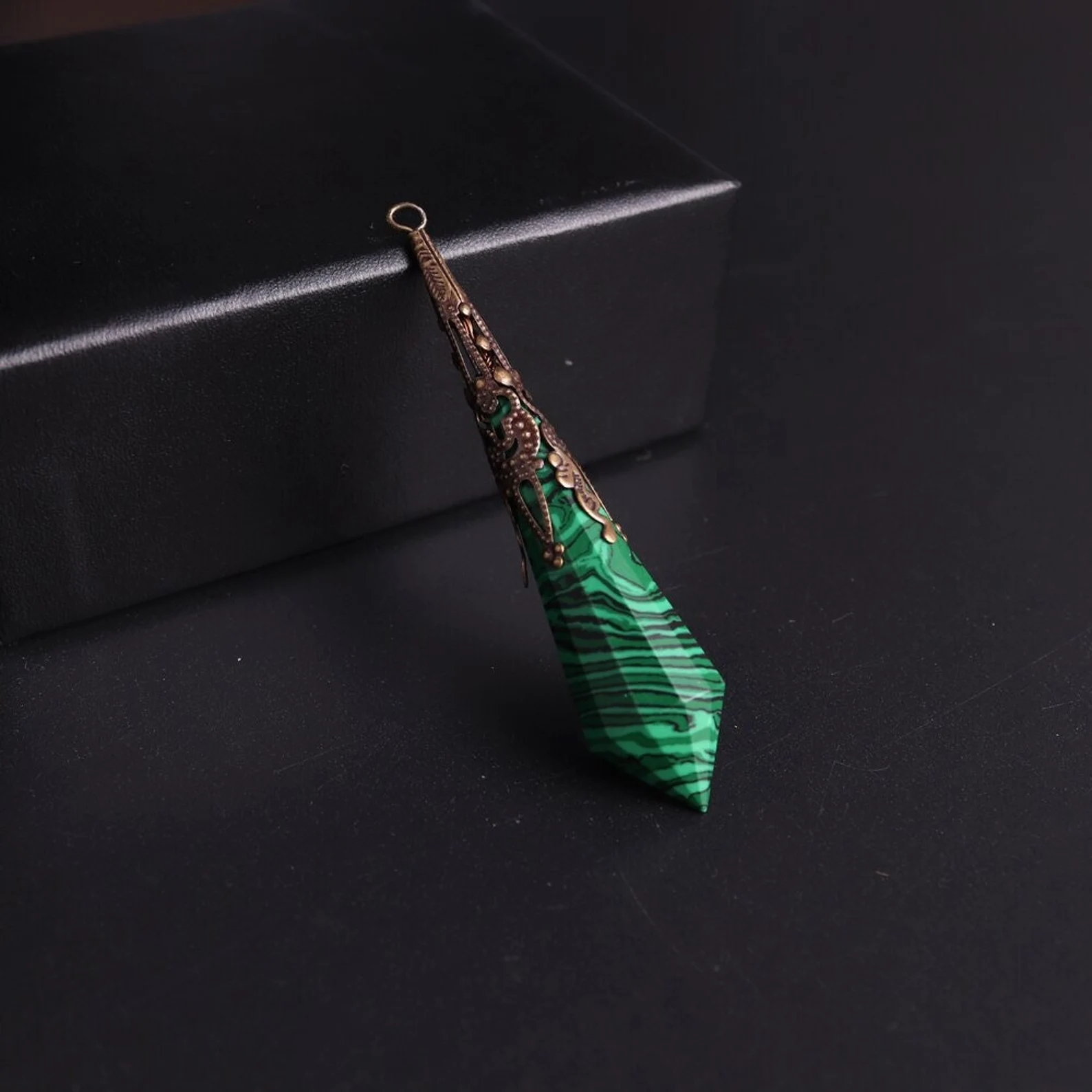
As the stone of transformation, malachite can help you seek spiritual guidance. It can also help balance your heart chakra and release any blockage that could be causing you emotional distress. To do this, you can try laying down, placing a malachite stone over your heart, and clearing your mind.
Gemstones that Pair Well with Malachite
Aside from aesthetics, it’s important to consider the effect and benefit of other gemstones before pairing them with a malachite. This ensures that the stones complement each other and that you’ll be able to get the most out of each stone. Here are the gemstones that go well with malachite:
1. Chrysocolla
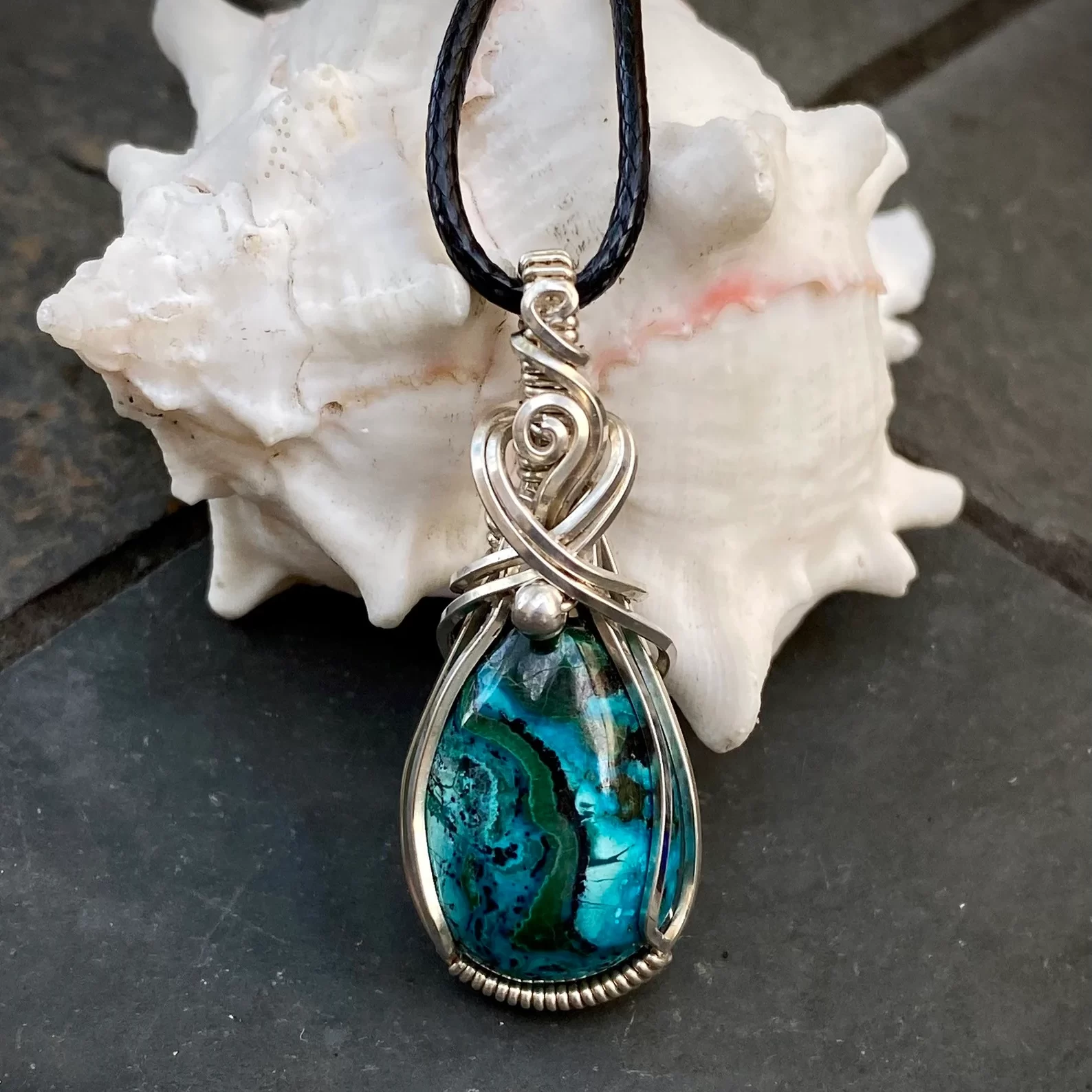
Like malachite, chrysocolla is a secondary mineral that contains copper and can be found near large copper deposits. It usually appears in a blue-green shade with an opaque transparency and a vitreous to dull luster. Chrysocolla naturally occurs together with malachite which means the stones have compatible energies.
While Malachite can promote emotional balance and direction, chrysocolla has a soothing energy that can improve confidence and communication. When placed together, these stones are ideal for healing and manifestation.
2. Azurite
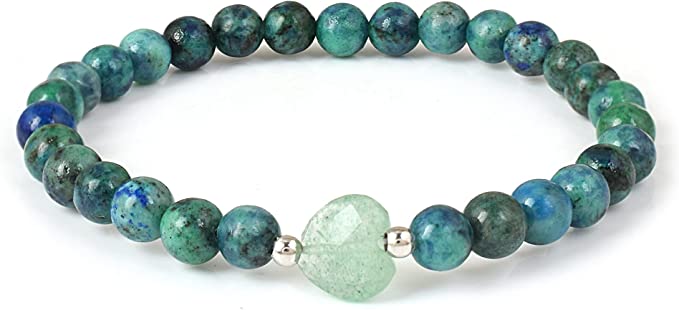
Azurite is another secondary mineral that’s derived from the weathering of copper ore deposits. Its vivid blue shade is reminiscent of the deep ocean waters and has essentially the same calming effect. This stone has the ability to clear the mind and wash away stress, anxiety, and other worries.
A malachite-azurite combination can be highly effective at refreshing the mind and removing disturbing emotions such as anxiety, conceit, vanity, and arrogance. This can help you see the world with a new perspective and enable you to better understand your circumstances.
3. Rose Quartz
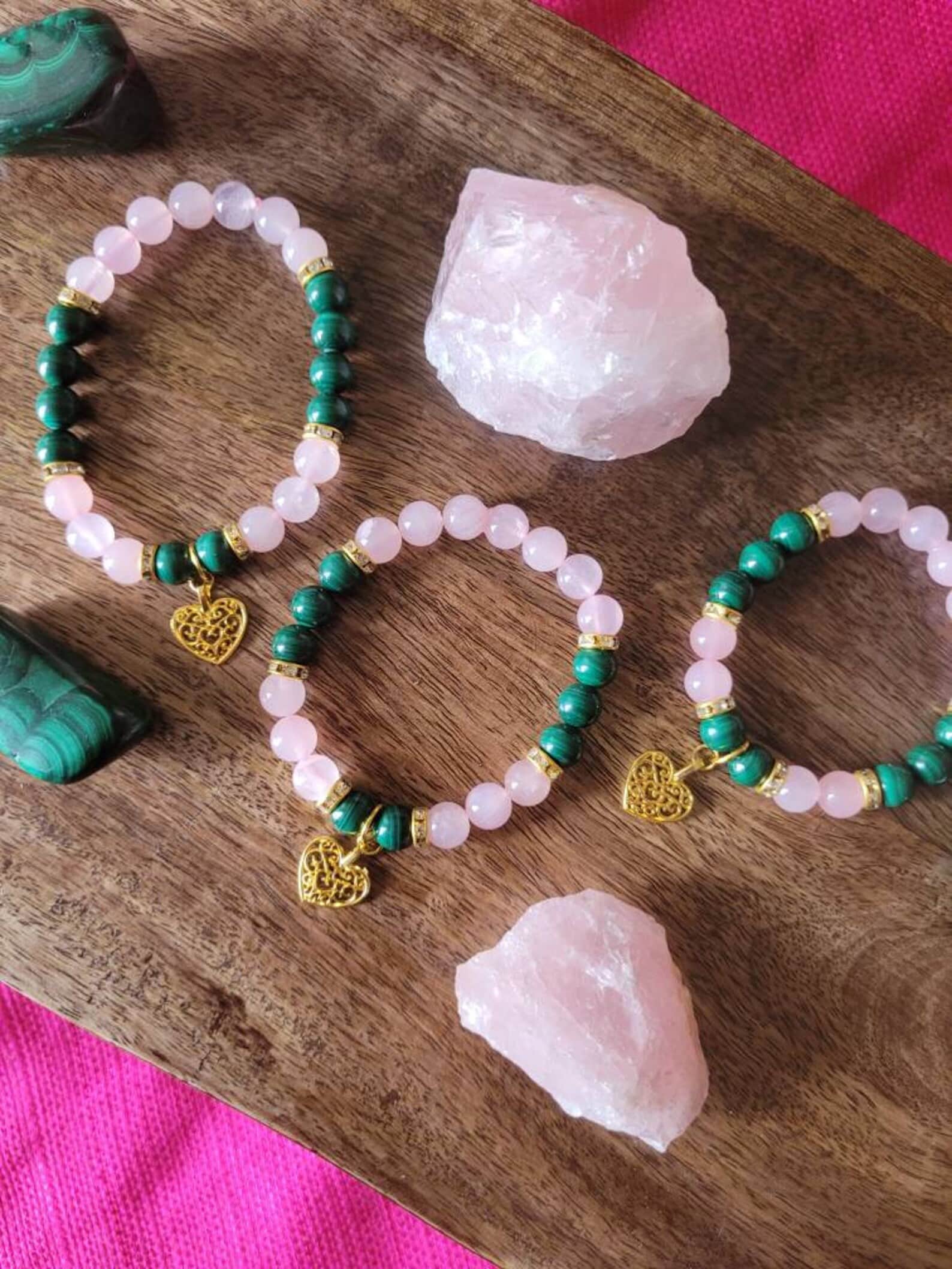
Rose quartz is a macro-crystalline mineral that naturally occurs as large intricate crystals and typically has a pale pink shade and translucent transparency. Known as the stone of universal love, rose quartz restores trust and harmony in relationships and is effective at opening the heart to forgiveness, love, and compassion.
Both rose quartz and malachite are connected to the heart chakra, and when placed together, can bring forth deep inner healing. This combination can help you practice self-kindness and is recommended for those who have suffered emotional trauma.
4. Amethyst
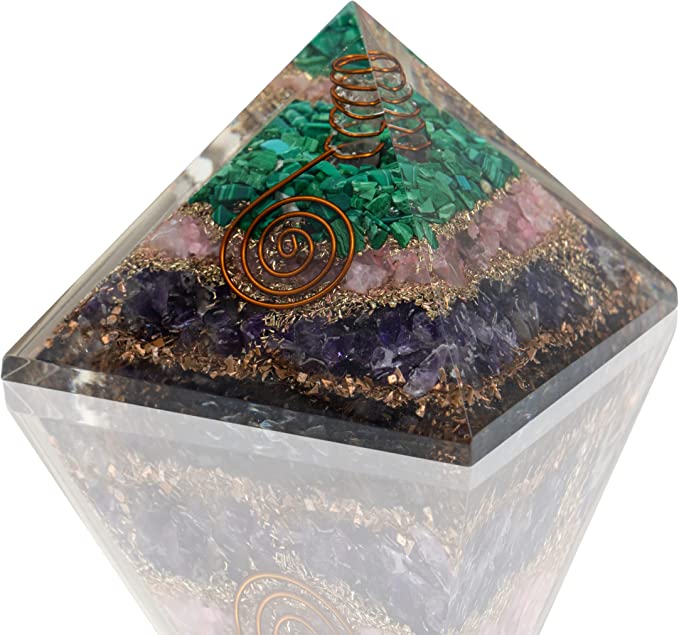
A variety of quartz, amethyst is a semi-precious stone and some call it the world’s most popular purple stone. Aside from its visual appeal, this stone is also useful for controlling evil thoughts as well as increasing one’s intelligence and wisdom.
When paired with malachite, it helps remove blockages that affect self-worth. It’s ideal to be used during meditation as it can help you calm down and resist the external noise that prevents you from appreciating and loving yourself.
5. Black Tourmaline
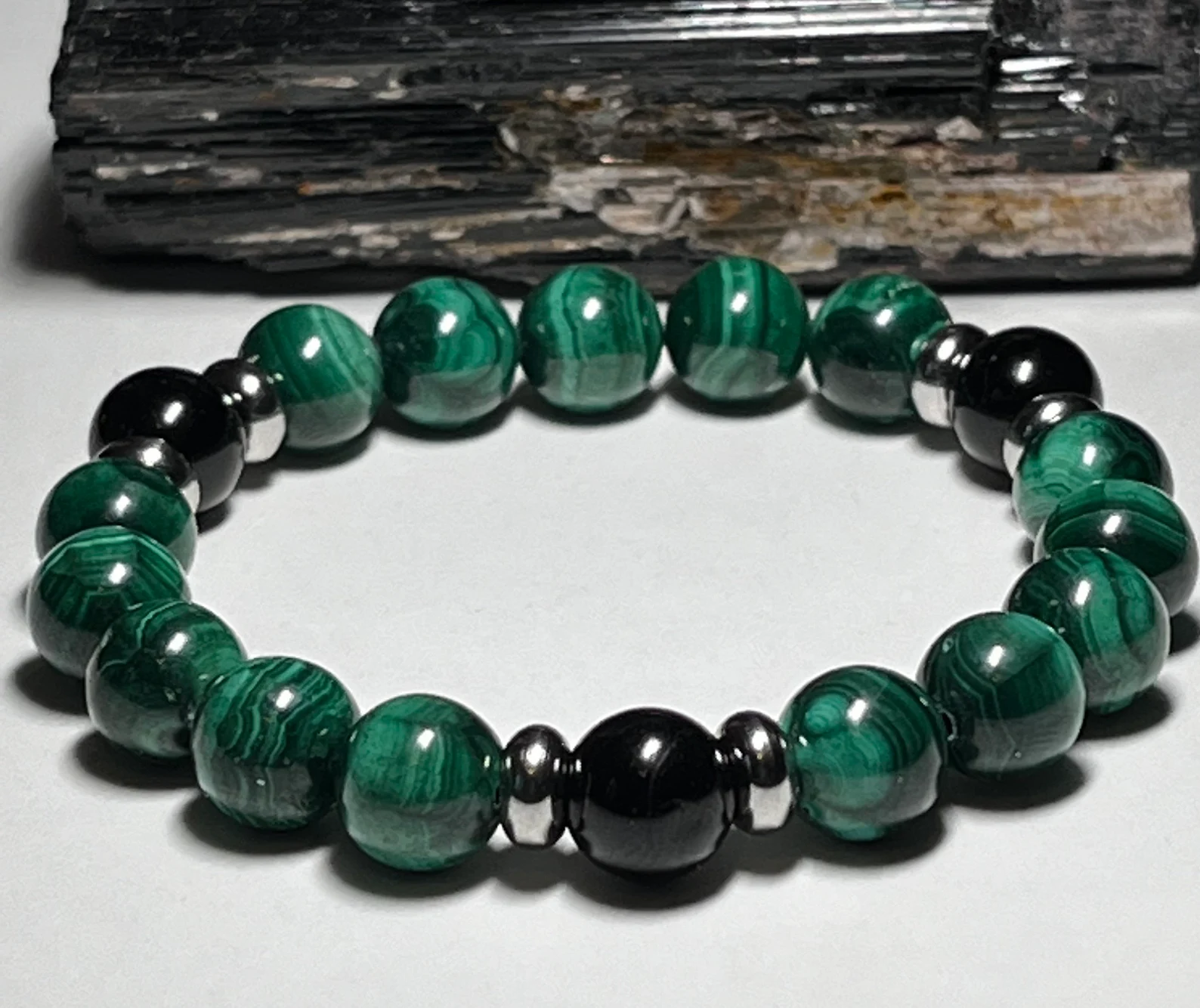
Black tourmaline is a popular stone used in rituals, meditations, grids, and shrines because of its effectiveness in protection and cleansing. The combination of this stone with malachite is ideal for empaths as it can effectively protect them from negative energy.
Since empaths easily absorb others’ emotions, it makes them vulnerable and prone to mental, spiritual, and physical imbalances. With black tourmaline and malachite both being nurturing stones, they can protect an empath from emotional vampires who can suck at their life energy.
How to Clean Malachite
Because of its softness, Malachite can be scratched and damaged easily by harder minerals and objects. To clean malachite, you will need a soft, lint-free cloth, warm water, and mild soap. Here is a step-by-step guide to cleaning your malachite:
- Begin by wiping your malachite with a soft, lint-free cloth to remove any dirt or debris that may be on the surface.
- Next, mix a small amount of mild soap with warm water, and dip your cloth into the mixture.
- Gently scrub your malachite with soapy water, using circular motions to remove any remaining dirt or grime. NEVER soak malachite in water as it’s a porous stone, and avoid using harsh chemicals or exposing it to high temperatures.
- Once your malachite is clean and dry, you can store it in a safe place until you are ready to use it again.
It’s important to avoid using harsh chemicals or abrasive materials when cleaning malachite, as these can damage the surface of the stone and reduce its beauty and value. Always be gentle and use a soft, non-abrasive cloth when cleaning your malachite.
And since it deflects negative energy, malachite needs to be recharged and cleansed spiritually to keep it effective. To recharge your malachite, you also need to avoid water and sunlight to prevent it from getting damaged or deformed. Place the stone in the moonlight and keep it away from direct sunlight during the day. You can also surround it with sound or place it near clear quartz which has a natural cleansing ability.
How To Identify a Genuine Malachite?
There are a few key characteristics that can help you identify a genuine malachite. Here are some tips to help you determine if a piece of malachite is genuine:
- Look at the color of the stone. Genuine malachite has a distinctive deep green color, ranging from dark green to a lighter, almost turquoise color. If the stone is a different color, it may not be genuine malachite.
- Check the texture of the stone. Malachite is a banded mineral, meaning that it has distinct layers or bands of color. These bands are often wavy or curved and may appear in a variety of patterns. If the stone does not have this characteristic banding, it may not be genuine malachite.
- Examine the surface of the stone. Malachite often has a slightly waxy or dull finish, rather than a shiny or polished appearance. If the surface of the stone is too smooth or shiny, it may have been treated or altered in some way.
- Look for inclusions or other defects. Genuine malachite often contains small inclusions or defects, such as bubbles, cracks, or other imperfections. If the stone is too perfect or free of defects, it may not be genuine malachite.
- Has the stone been tested by a professional? If you are unsure whether a piece of malachite is genuine, you can have it tested by a professional gemologist or mineralogist. They will be able to determine the authenticity of the stone based on its physical and chemical properties.
How Malachite is Formed
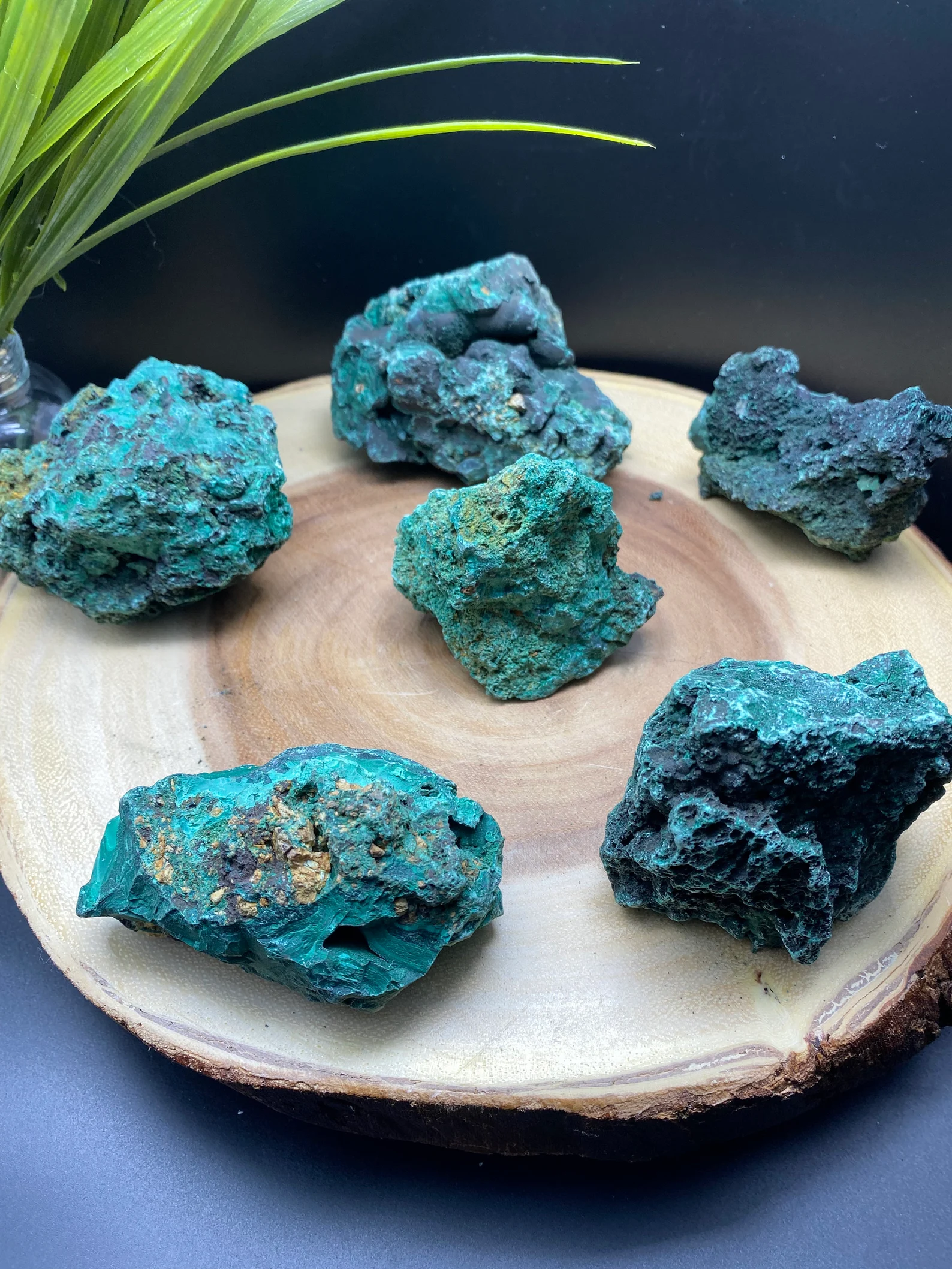
Technically, Malachite can be considered a secondary mineral as it’s created by the chemical reaction of other minerals that have already been formed. The process starts when water containing carbon dioxide or dissolved carbonate minerals gets mixed in with copper-rich rocks. The reverse can also happen, wherein copper-infused liquid interacts with carbonate rocks, forming Malachite.
This formation process also explains the swirls and concentric band patterns that you will often see in pieces of Malachite. The changes in chemical content and the waxing and waning of the solutions are reflected on the gemstone’s surface.
Malachite forms at shallow depths of the Earth’s layer and can be found in the oxidizing zone right above deposits of copper, which gives it its green color. This mineral is often recovered incidentally during copper mining, appearing in lumps as a microcrystalline aggregate or as a crust on other rocks.
It ranks as a minor copper ore because of its almost 60% copper content. Many gem-quality Malachite pieces involve intergrowths or admixtures with other copper minerals such as Turquoise, Azurite, and Chrysocolla.
Different Uses for Malachite
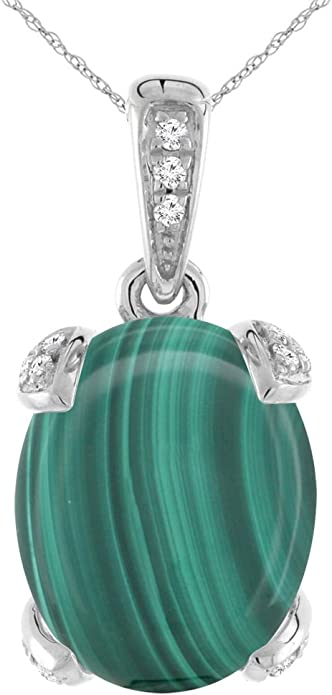
Malachite is known by various names including the following:
- Olympian green
- Copper green
- Bremen green
- Hungarian green
- Green bice
- Mountain green
- Green verditer
- Iris green
Malachite has been used as a pigment since ancient times and is one of the oldest known green pigments used in paintings.
The pigment in malachite has been found in paintings of Egyptian tombs as well as paintings produced during the 15th and 16th centuries in Europe. Its popularity as a pigment started declining in the 17th century when other green colorants were developed. At present, it’s still used as a colorant for niche artists who want to produce historically accurate paintings.
Malachite Color
The vivid green color of malachite makes it a popular choice as an accent and even the main stone for jewelry. It matches well with other minerals like copper, silver, and gold, making it easy to incorporate into contemporary, tribal, and even vintage jewelry designs.
Its lustrous surface with attractive patterns and designs makes malachite a popular choice as an inlay material for ornamental objects. Aside from these, Malachite is believed to possess healing properties, and it is a good idea to have one near you, whether at home or work. It can help alleviate physical ailments, improve mental and emotional well-being, and promote good luck in business.
However, the softness of malachite limits its use as a gem and ornamental stone as it’s sensitive to heat and reacts to weak acids. As such, it can only be used on items not likely to suffer from abrasion and heavy impact. It also needs careful care and regular cleaning, repair, and maintenance.
History and Lore of Malachite
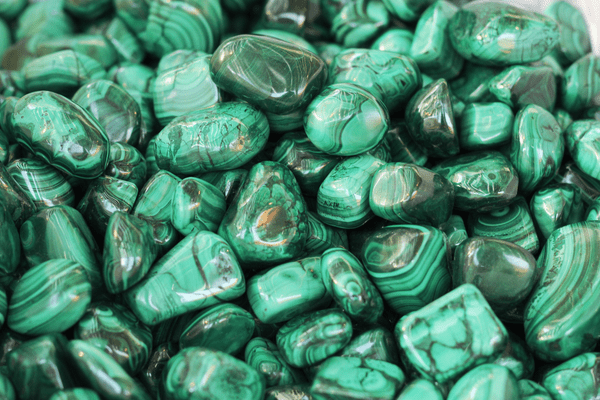
As we’ve already mentioned, the name malachite comes from the Greek words “male,” which means grass and refers to its green color, or “molochitus,” which refers to “mallow,” a leaf with a similar green shade. Other theories claim that the name was derived from another Greek word “malakos,” which translates to soft because it is very malleable.
The first malachite deposits were discovered in Egypt and Israel more than 4,000 years ago from King Solomon’s copper mines in the Red Sea. The ancient Egyptians are believed to be the first group to use the stone as ornaments in jewelry and art, with the earliest reference to its use dating as far back as 1400 BC on the wall painting of Pharaoh Tutankhamen’s tomb.
Up until the Renaissance period, malachite was still popularly used as a pigment for paints and dyes. Many of the green shades in Michelangelo’s Sistine Chapel painting are believed to have been painted with oil paints using malachite colorants.
Malachite was also ground into fine dust and used as the main ingredient for kohl, an eye cosmetic used in ancient times. This was then painted on the eyelids not only for its beautifying effect but also as a talisman to ward off evil. It is said that even Cleopatra preferred kohl made with malachite for her personal use.
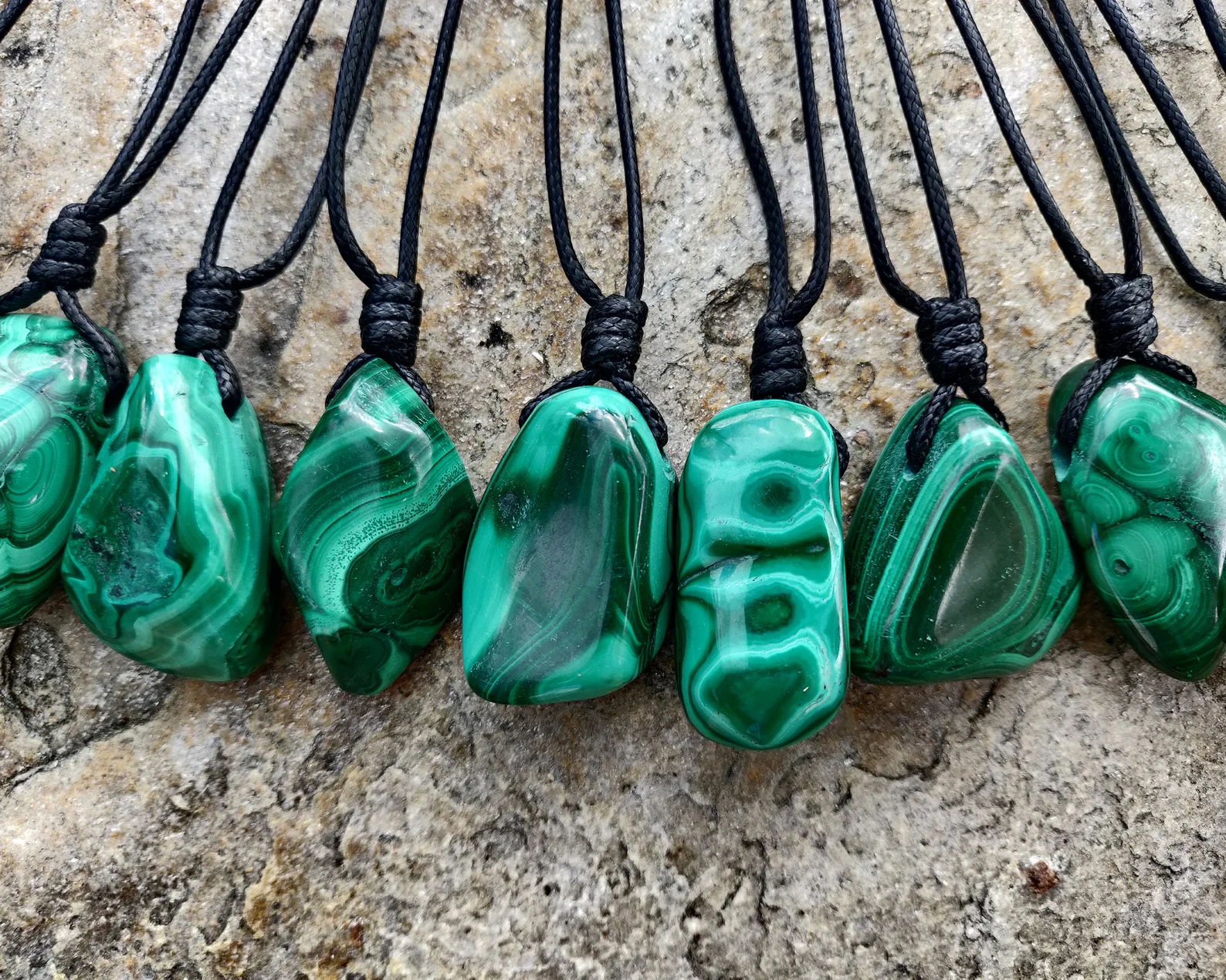
With the combination of colors and lavish swirling patterns on the stones, malachite was considered a magical object, attributed with mystical powers and associated with alchemy. Ancient Greeks, Egyptians, and Romans would often use it as an amulet to protect them from the evil eye.
During the Middle Ages, a piece of malachite would be worn by children to ward off black magic and witchcraft. This practice continued until the Victorian era when malachite was hanged from the beds of babies and children to ward off evil and induce peaceful sleep.
After the discovery of high-quality malachite at the foothills of the Ural Mountains in Russia, the stone started getting paired with gold and diamonds. By the 1800s, malachite jewelry became synonymous with ostentatious luxury.
Frequently Asked Questions
It’s not recommended to leave malachite in water for extended periods of time. Malachite is a porous mineral, which means that it can absorb water and other liquids. If left in water for too long, the malachite may become damaged or discolored. In addition, the water may become contaminated with copper or other minerals from the malachite, which could be harmful if ingested.
It’s best to avoid leaving malachite in water for extended periods of time and to clean it with a damp cloth instead. If you do need to leave your malachite in water, make sure to rinse it thoroughly and dry it completely before using it again.
Malachite is associated with the heart chakra, which is located in the center of the chest. The heart chakra is believed to be the center of love, compassion, and emotional well-being. It’s believed that malachite has the ability to help open and balance the heart chakra, allowing for the flow of positive energy and emotions.
This belief is based on the idea that certain gemstones and minerals have special powers or properties that can affect a person’s physical, emotional, and spiritual well-being.
The price of malachite can vary depending on a number of factors, including its quality, size, and availability. In general, malachite is not considered a particularly expensive gemstone.
A regular malachite isn’t expensive and is usually priced below $50, depending on the size. In some cases, malachite pieces with more unique designs, bigger cuts, and better quality can fetch higher prices.
However, high-quality specimens of malachite can be quite valuable, especially if they are large or have a unique pattern or color. In addition, malachite is often used in the production of jewelry and other decorative items, which can increase its value.
As it is not a very rare gemstone, most gemstone sellers or jewelry stores would usually have malachite pieces in their collection.
Just be sure to check for the legitimacy of the store before buying to make sure that you get genuine and natural malachite stones upon purchase. You can also buy malachite pieces online on Amazon or Etsy, where you can find various unique designs and styles.
Wrapping Up
Despite its beauty and decorative potential, malachite is not a particularly expensive gemstone and is more commonly used for its ornamental value. It’s an interesting and unique mineral with a rich history and many uses.
As the stone of transformation and the gemstone of balance and connection, malachite can provide protection, clarity, and direction, as well as mental and emotional cleansing to its users.




